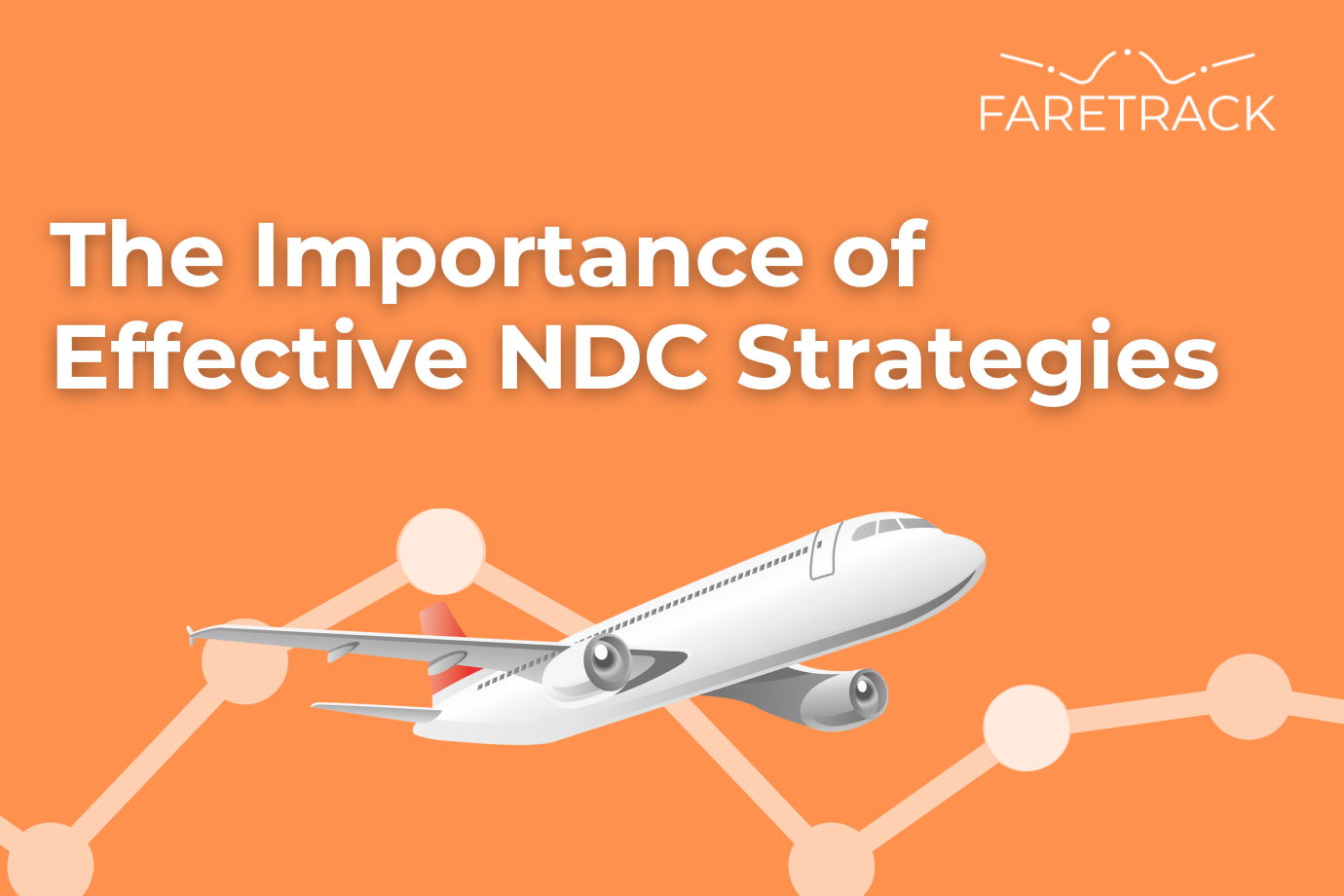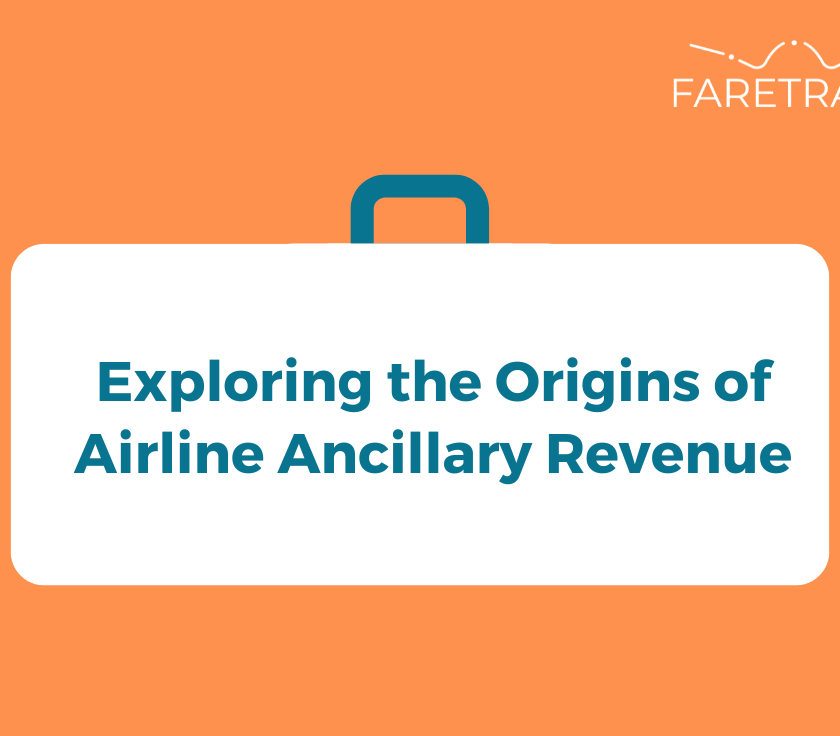How to Deliver Effective NDC Strategies
Over the last few years, New Distribution Capability (NDC) has caused excitement, and apprehension in equal measure for airlines. The opportunities for revenue generation are huge, but delivering the right NDC strategy has caused many to approach their strategies cautiously. Let’s look at the current state of play, and explore a few ways airlines can implement effective NDC strategies.
The Promise of NDC
NDC is designed to modernize airline distribution by enabling richer and more dynamic content and more personalized offers directly to consumers. It allows airlines to present their products more effectively, offering tailored fare options, ancillary services, and promotions. For airlines, this can translate into more cost effective distribution, ability to increase price dynamics, enhanced customer experiences, all leading to increased revenue opportunities.
Understanding some of the issues faced
NDC strategies often involve significant changes to fare distribution, such as pulling a portion of fares from many online booking platforms and limiting availability to direct channels and NDC-connected partners. The intent is to drive more bookings through direct channels, thereby increasing margins and customer loyalty. However, these shifts can lead to several challenges:
- Control over inventory and price: The adoption of New Distribution Capability (NDC) by airline distribution and revenue management teams has led to the release of inventory and pricing content to diverse Online Travel Agencies (OTAs) and aggregators. However, this process has introduced challenges, leading to potential loss of control over inventory and pricing parity. The dissemination of this content to Meta search engines has resulted in instances of price undercuts, overpricing, and the omission of flights or connections. Furthermore, the introduction of new distribution capabilities has brought about technological complexities, often leading to difficulties in maintaining inventory parity. Consequently, airlines are at risk of losing control over their distributed content, necessitating a reevaluation of their distribution strategies to mitigate these challenges.
- Customer Frustration: Customers may find it difficult to access competitive fares, particularly those using traditional Global Distribution Systems (GDS). This restricted visibility and accessibility can negatively impact customer satisfaction.
- Corporate Travel Impact: The travel management community, including Travel Management Companies (TMCs) and corporate clients, may face significant disruptions. Corporate travel bookings can be adversely affected, with some airlines reporting only modest growth compared to the double-digit increases seen by competitors who maintain broader fare availability.
- Strategic Revaluation: A rapid shift to NDC, if poorly executed, can create unnecessary friction with travel agencies and corporate customers. This can lead to strategic reassessments, emphasizing the need to balance innovation with practical execution.
Opportunities for Improvement and Growth
Industry experiences highlight several opportunities for airlines to refine their NDC strategies:
- Collaborative Approach: Engaging with TMCs, travel agents, and corporate clients is crucial. By involving these stakeholders in the transition process and addressing their needs, airlines can foster better partnerships and smoother implementations.
- Incremental Implementation: Gradually rolling out NDC initiatives allows airlines to identify and address issues early on. This approach minimizes disruptions and helps in gaining valuable feedback from all parties involved.
- Enhanced Technology and Training: Investing in robust technological infrastructure and providing adequate training for partners can facilitate a smoother transition. Airlines should ensure that their partners are well-equipped to handle new distribution methods.
- Customer-Centric Strategies: Ensuring that customers have seamless access to competitive fares across all channels is essential. Airlines should focus on making NDC an attractive option rather than a restrictive one, emphasizing benefits such as personalized offers and enhanced service.
- Balanced Incentives: Instead of relying solely on restrictive measures, airlines can use positive incentives to promote NDC adoption. Offering exclusive benefits, loyalty points, and better terms for NDC bookings can encourage more customers and agents to embrace the new system.
- Cooperation with 3rd party competitive intelligence providers: There are significant opportunities for improvement and growth through collaborations with third-party web data extraction specialists such as sandbox.faretrack.ai. By leveraging the expertise of these specialists, airlines can gain valuable insights into web prices at scale, providing a comprehensive understanding of their distribution landscape. This collaboration enables the monitoring of under and over prices, price parities, and inventory parities.
Looking Forward
While the path to effective NDC implementation is challenging, the potentially huge benefits make it a worthwhile endeavour. By adopting a measured and collaborative approach, airlines can leverage NDC to enhance their competitive edge and improve overall customer satisfaction.
The journey toward effective NDC strategies involves a commitment to continuous improvement and a willingness to adapt to feedback. The focus should be on creating a seamless, customer-friendly experience that aligns with the broader goals of modern retailing and digital transformation.




